About Rijeka
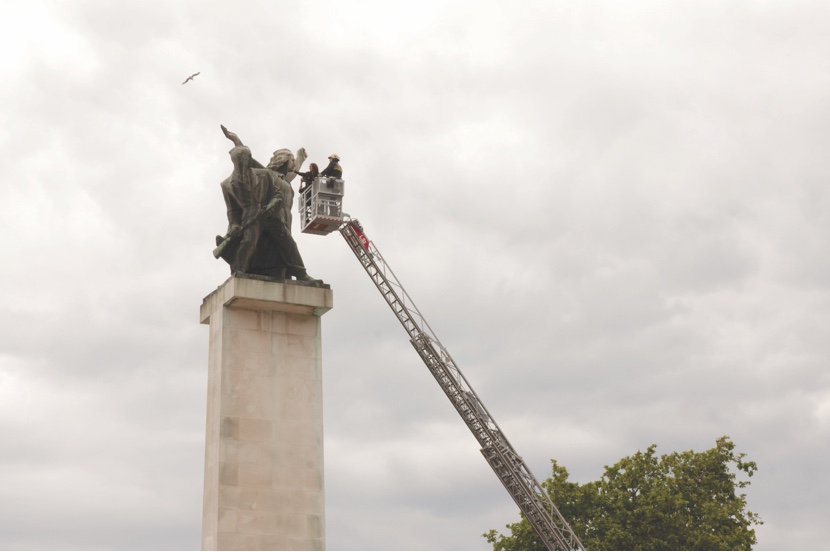
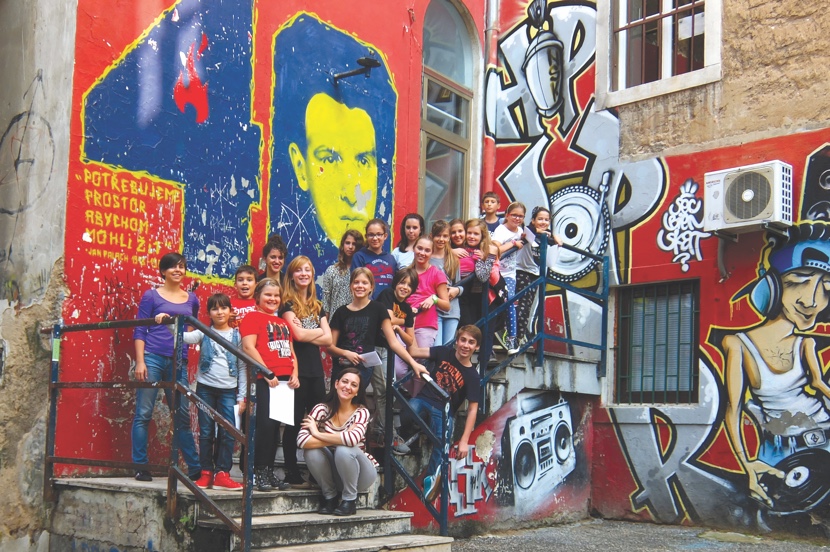
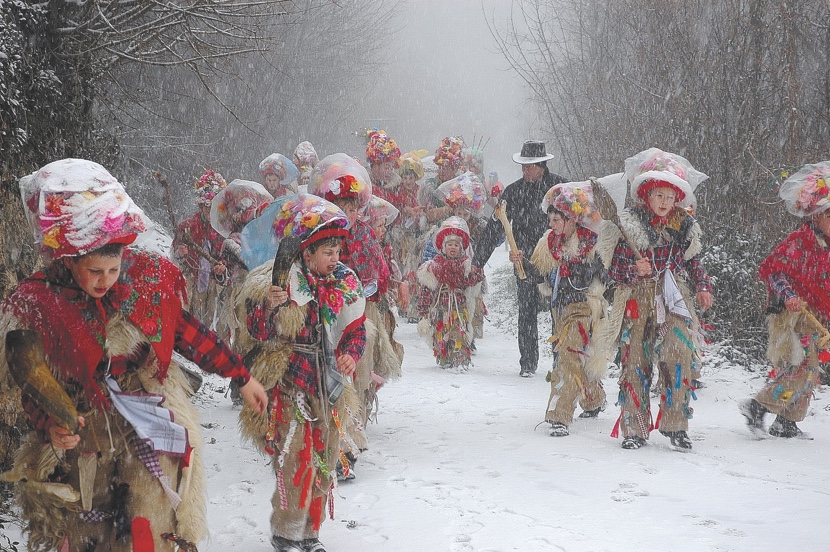
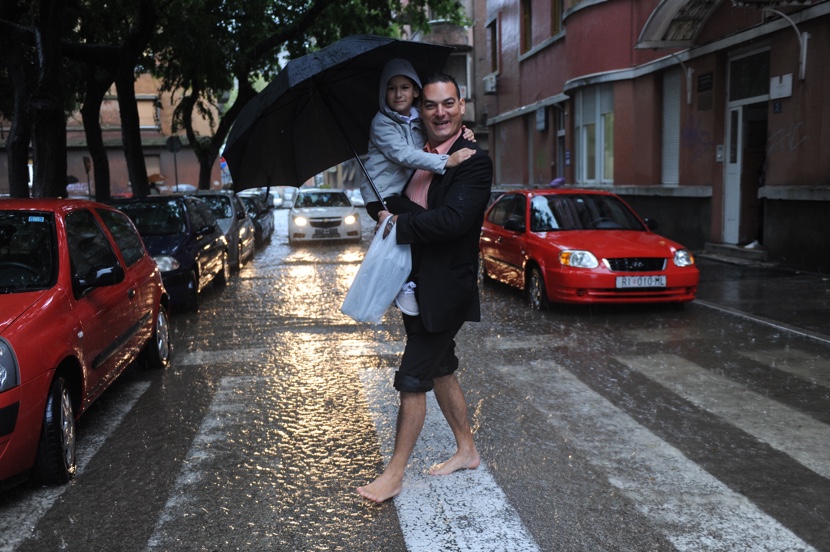
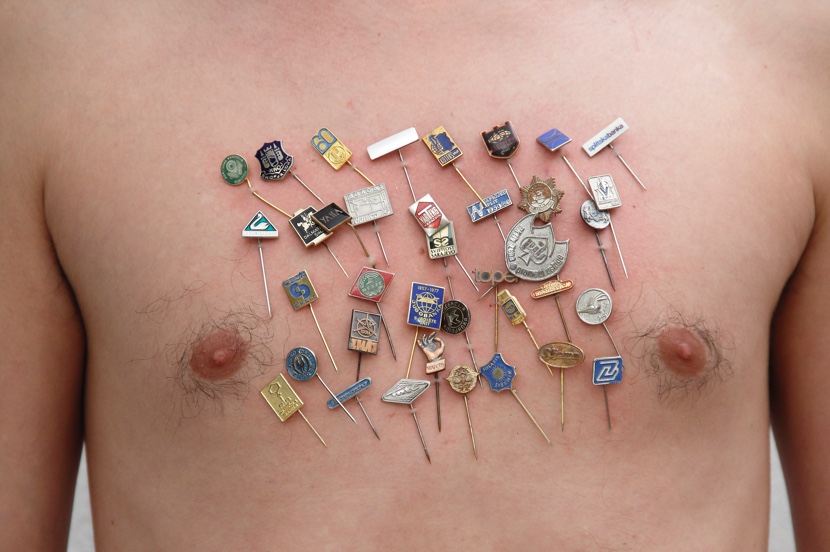
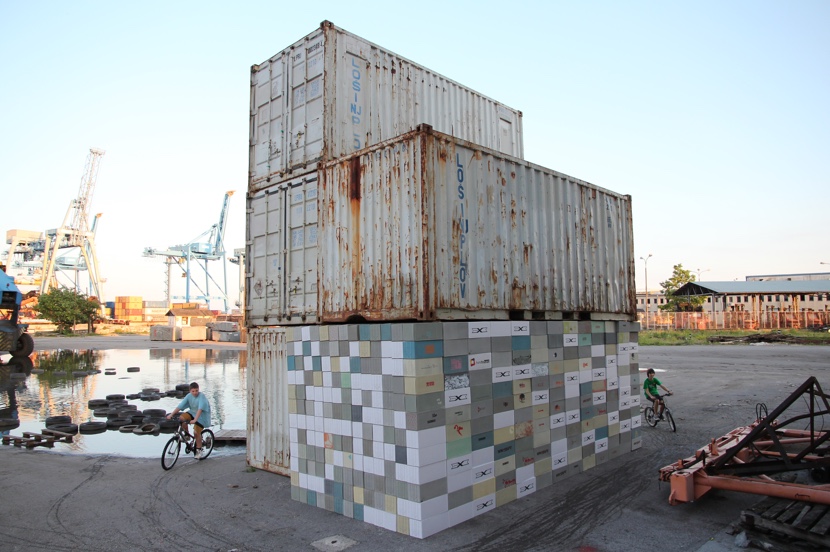
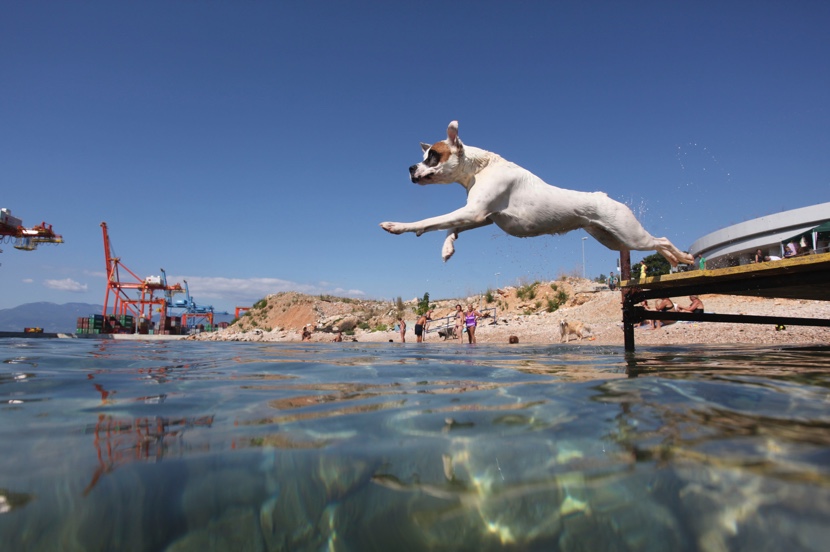
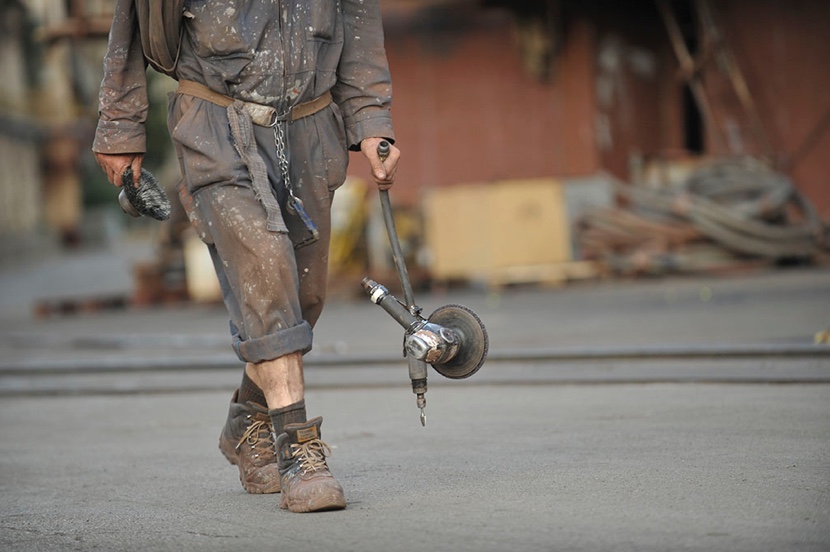
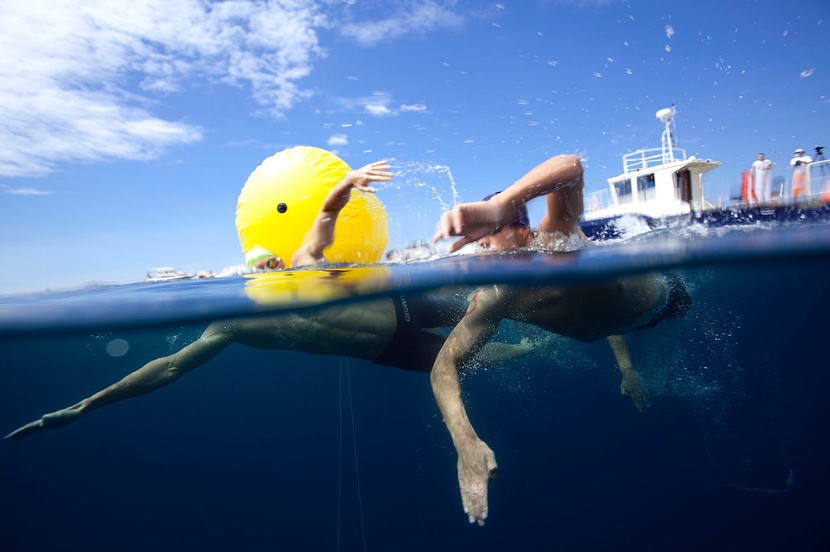
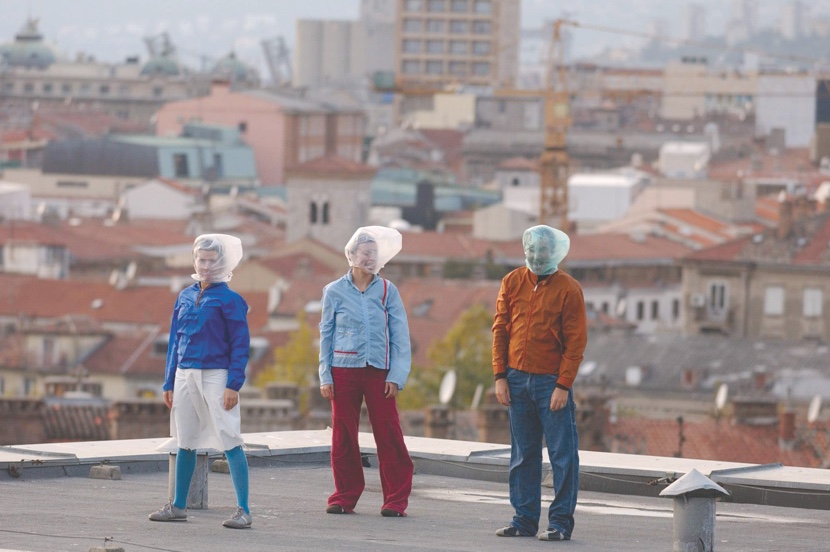
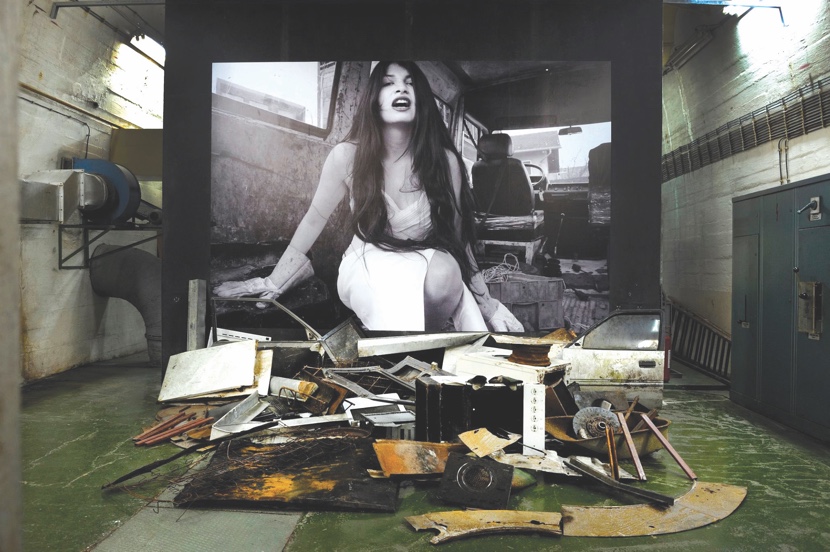
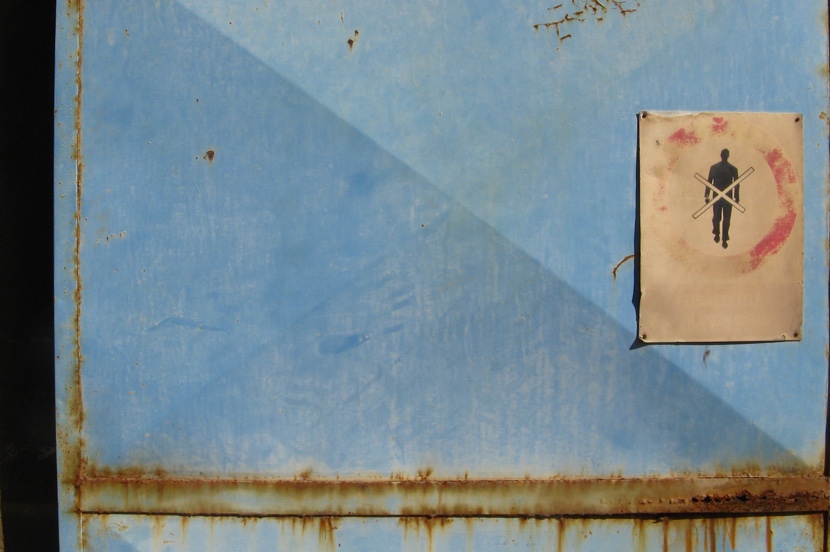
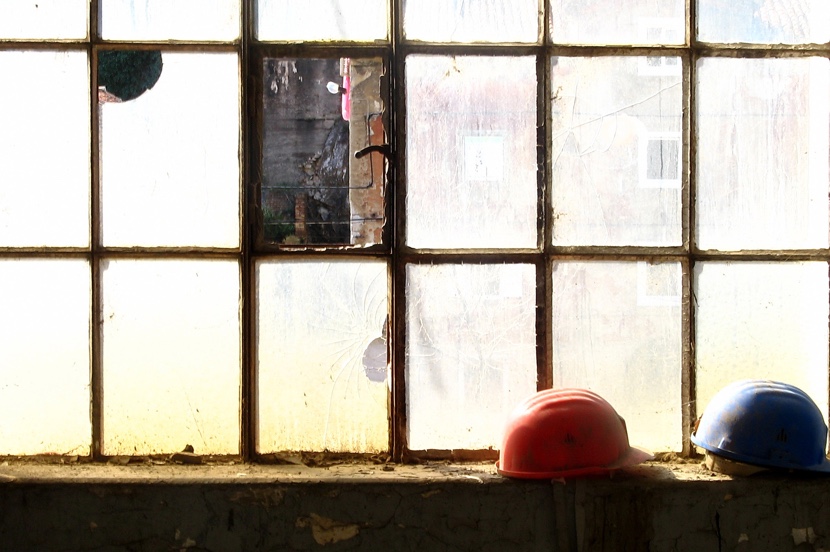
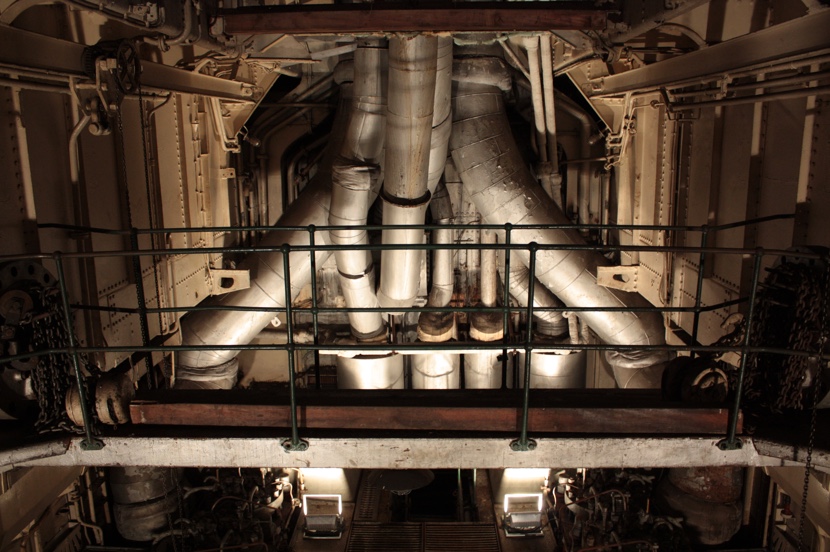
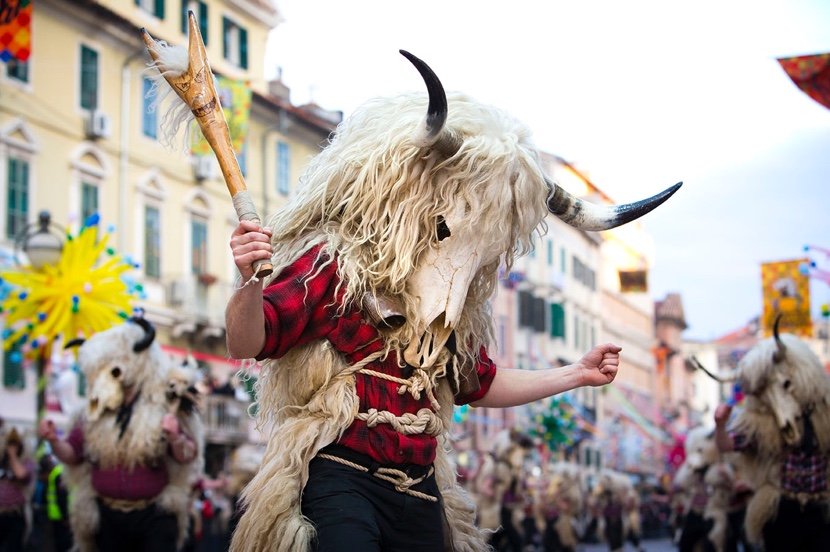
A city does not have borders - it only appears that way. Rijeka’s roads - literal, and more importantly, metaphorical ones - are leading to the outskirts, blending with its surroundings.
Located in the Kvarner Bay of the Adriatic Sea, it is the principal seaport in Croatia and economical, administrative and cultural centre of the Primorje-Gorski Kotar County. In many ways, Rijeka embodies all the diversity of its County, part of a shared organism that is the engine of equally shared energy. This only multiplies and dynamizes Rijeka, broadening the spectrum of its differences and making it a city of possibilities.
It is a city that visitors often bypass on their way to dreamy Adriatic summers in romantic historical hotels and villas of Opatija or in natural beauties of nearby islands. Some visitors, sometimes intentionally, often quite accidentally, wander through the city and discover little secrets of this complex post-industrial town, fiercely contested throughout history due to its strategic position.
Rijeka frames a space burdened with traumatic historical events, as a divided city, shaped by force and migrations – both voluntary and involuntary ones. Continuous rumour of legends of unique historical figures such as Gabriele D'Annunzio or Josip Broz Tito are intertwined with stories of shipyard or paper mill workers.
Rijeka developed on a geographical site of constantly changing and swaying formal borders, causing many neuralgic situations in its past. If anyone knows it, it is Rijeka's citizens who lived in incredible nine states in the 20th century. This formed a state of mind with values that are very much European: multilingualism, tolerance, differences seen as the common good, focus on what connects us, collaborative relationship – and the only appropriate response is a cultural one.
The city is reaching beyond its own habitual memories and narratives, as a thriving port, a prospering industrial city, because that city simply does not exist any longer. It slid away at the end of the last century, together with lost jobs, leaving abandoned halls, chimneys and power plants. Rijeka’s industrial heritage is vast and epochal, it created the city and shaped its citizens. Rijeka’s nostalgia feeds apathy. However, nostalgia is not an ideal way to live in the present nor to create the future.
The energy of 23,000 students of an ambitious University, the innovation of the creative sector and the title of the European Capital of Culture 2020 are the foundations on which we build a new future for the city. A part of Rijeka’s vast industrial heritage, former factory Rikard Benčić, is becoming a new cultural and social centre of the city, starting with the new Museum of Modern and Contemporary Arts opening this September. A legendary Tito’s yacht Galeb, one of the symbols of the Nonaligned movement, will be transformed into a unique place of gathering of Rijeka’s permanent and temporary citizens. Various events will be popping out of every corner of the city, to flood the city into great celebration of culture, arts and active citizenship in 2020.
Rijeka’s cultural scene has always been constant, dynamic, stable and progressive. Yet, it has never been a decisive part of the city’s image. Outside the city’s borders there are not many people who associate Rijeka with culture and the arts. Rather, Rijeka recalls ships, blue shirts, sailors, cranes, rust, oil and residential high-rises for workers’ families. Rijeka equals Work – and its cultural potential has barely been tested – so far.
Borders excite. They should be drawn just to be erased and in that way, we can take the best of both worlds—enjoy in the uniqueness of our own and other cultures to the full, at the same time recognizing individual particularities and common values.
Welcome to Rijeka, a city which remains an oasis of normality in an abnormal context. Enjoy your stay, for it might easily end up in history books.